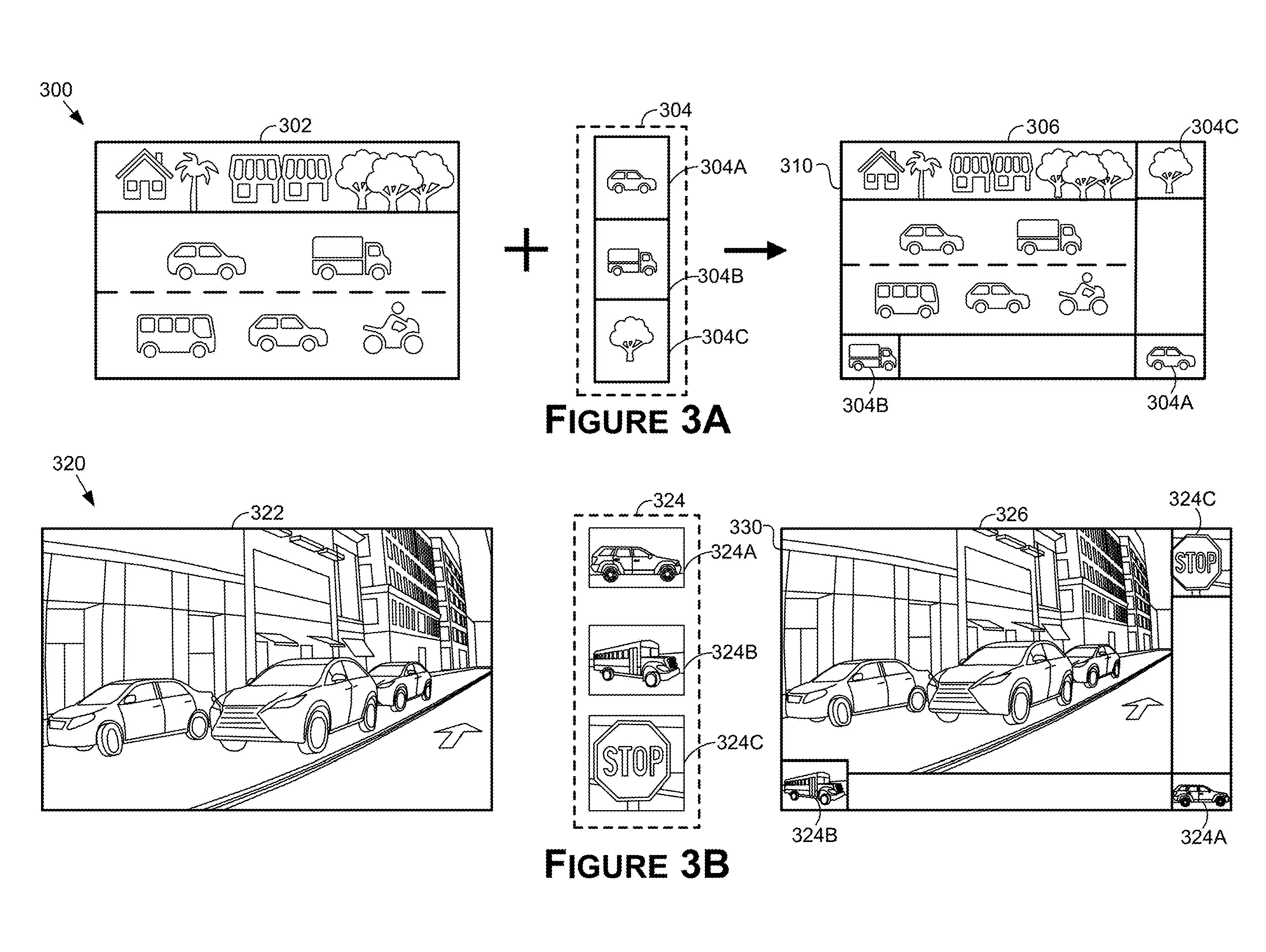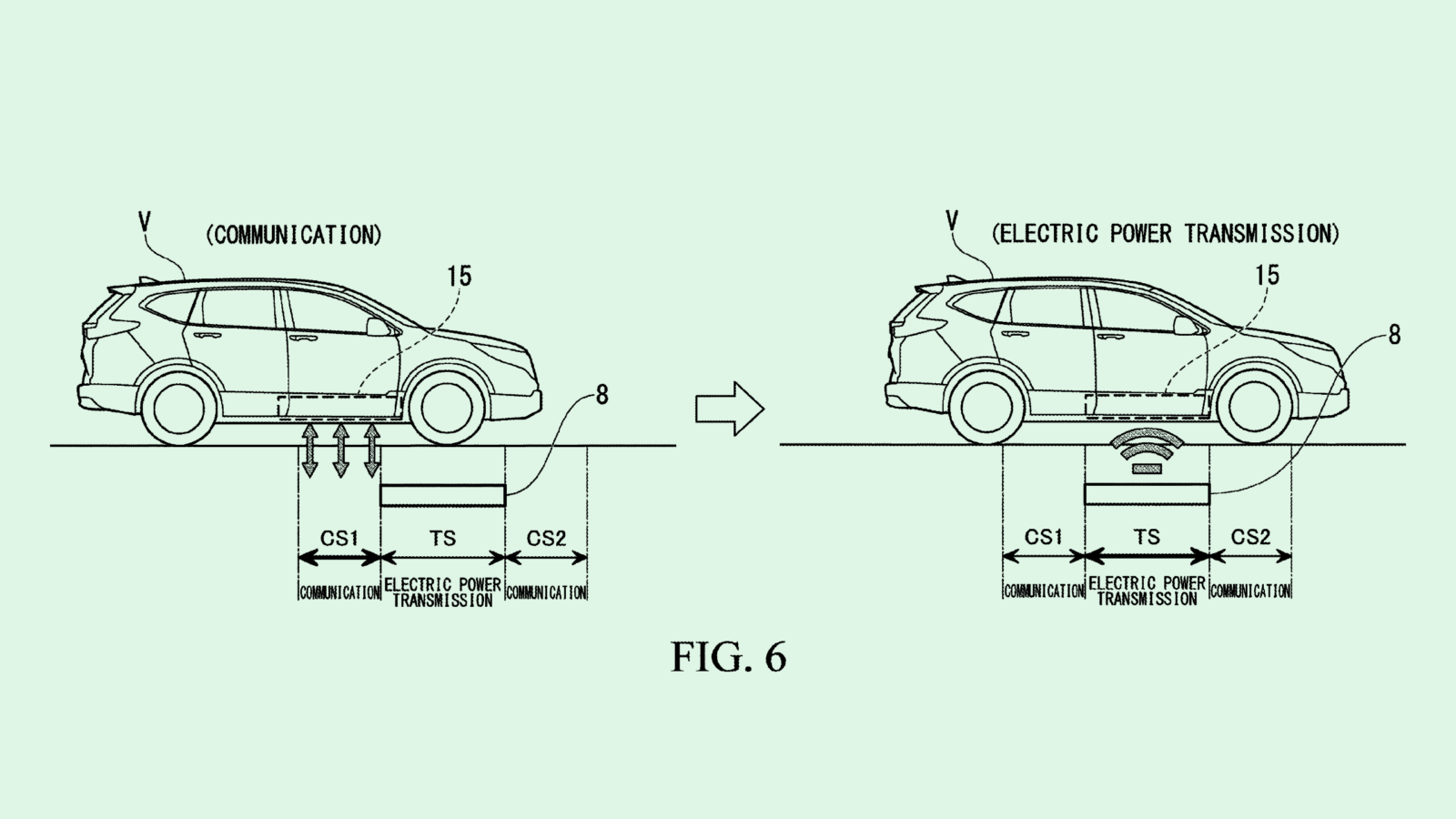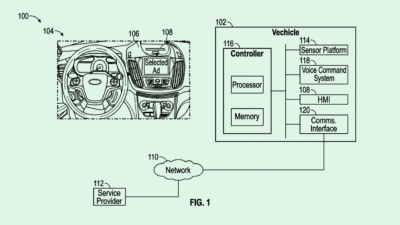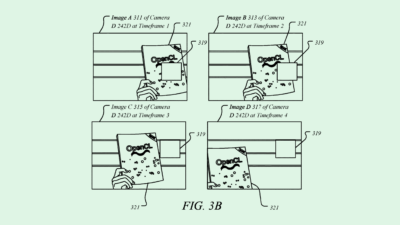NVIDIA Gets on the Road
NVIDIA’s continuing its autonomous vehicle quest.

Sign up to uncover the latest in emerging technology.
NVIDIA is revving up to take the driver out of the driver’s seat.
The company is seeking to patent tech that uses neural networks to “perform fault detection” in autonomous driving applications. Fault detection is exactly as the name implies: being able to find issues with the AI that’s driving the car. Faults include hardware issues, such as problems with the processing unit executing these deep neural networks, or software faults embedded in the underlying AI itself.
“Software and/or hardware used to execute these (deep neural networks) may be compromised by a variety of sources—resulting in transient faults and/or permanent faults—that may lead to inaccurate predictions that may potentially compromise the effectiveness,” NVIDIA noted in its filing.
NVIDIA’s tech implements a “built-in self-test” system for autonomous vehicles to sniff out these faults. This tests the accuracy of predictions or detections made by the car’s neural network, as well as the corresponding actions taken by the vehicle. When accuracy is below a certain threshold or the outputs don’t match up, the system determines that there is a fault. Then, the neural network software or hardware is shut down, with “redundant systems” taking their place.
NVIDIA said that the ability to find faults is vital for safely operating autonomous vehicles and making critical and corrective decisions in real-time. But conventional systems tend to rely on running two or more neural networks at once and comparing the output, which takes up excess memory, processing power and hardware. NVIDIA’s system, meanwhile, relieves that “computational burden.”

NVIDIA has a self-driving vehicle technology unit, offering hardware, software and infrastructure. But since AI technology is an integral part of autonomous vehicle development, NVIDIA’s major industry advantage comes from the astronomical market share it holds in the AI chip space, said Bob Bilbruck, tech analyst and CEO of consulting firm Captjur.
“Most of the chipsets are in the autonomous cars, and even the infotainment systems, are NVIDIA chips — they kind of dominate that space,” said Bilbruck.
If you’ve paid any attention to tech news in recent days, you already know that NVIDIA just had a killer week. The company crushed Wall Street’s earning expectations by more than 50%, saw an almost 26% spike in its share price and tacked on $170 billion to its market value in one day. NVIDIA’s AI work was a major force behind its growth. And as AI excitement spreads, so does NVIDIA’s prospects, said Bilbruck.
What separates NVIDIA from its competitors is that the company bet on implementing AI into the right sectors from the jump, said Bilbruck. Its AI development is sprinkled throughout several different business units, like gaming, data centers and autonomous vehicles. Now, “every business sector is growing like a weed,” he said. Just looking at its automotive business: NVIDIA raked in $296 million in the first quarter, up 114% from the same time a year ago.
But a rising tide lifts all boats, Bilbruck said. Though NVIDIA has a big lead, “AMD, Intel and all the other guys that are major players are also now going to see that growth.”
All this said, it’s not all sunshine, rainbows and neural networks. While the demand is certainly present, meeting it is going to be tough, said Bilbruck, considering last year’s supply chain turmoil and the sheer cost of building chip fabrication plants.
Have any comments, tips or suggestions? Drop us a line! Email at admin@patentdrop.xyz or shoot us a DM on Twitter @patentdrop. If you want to get Patent Drop in your inbox, click here to subscribe.











